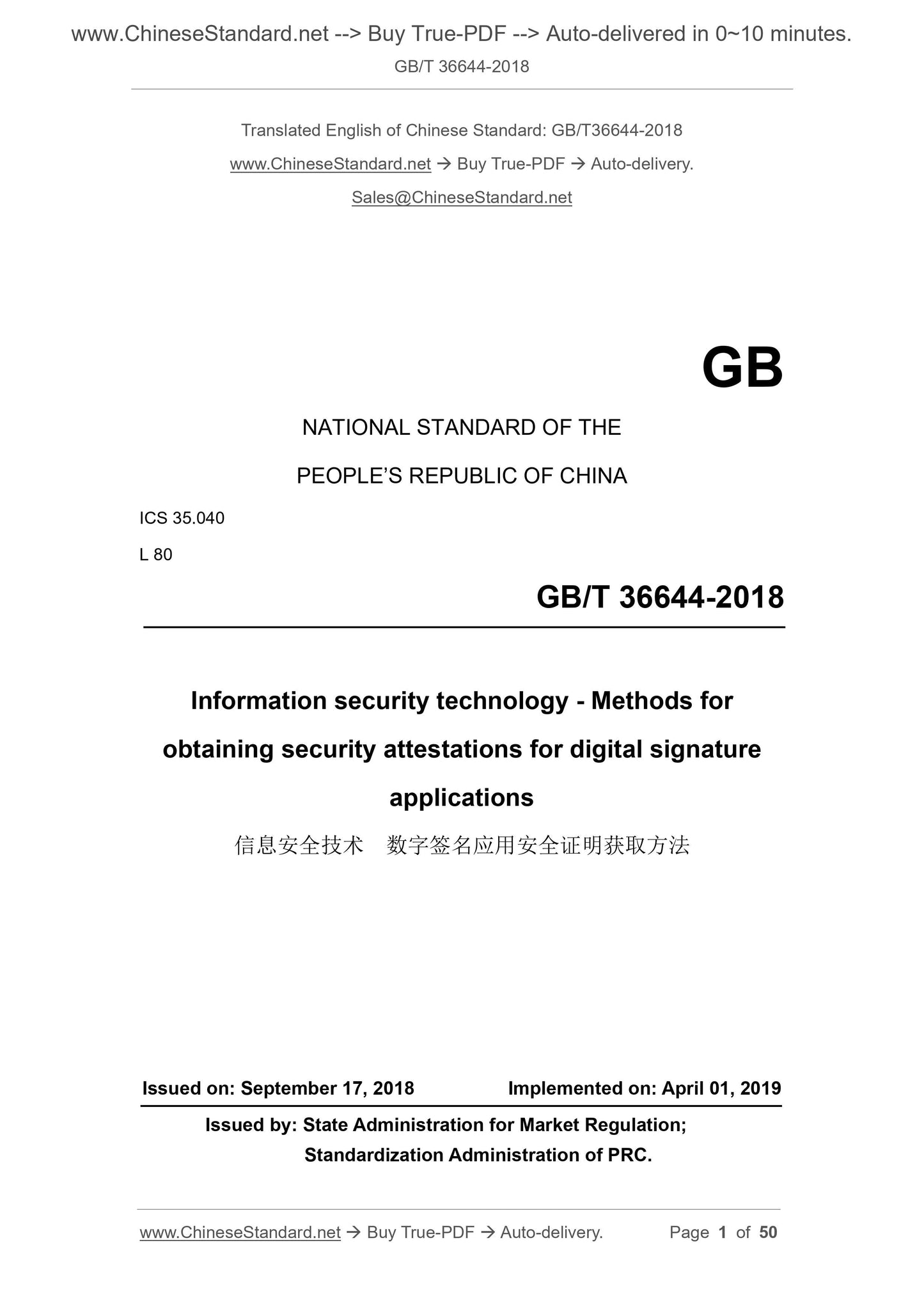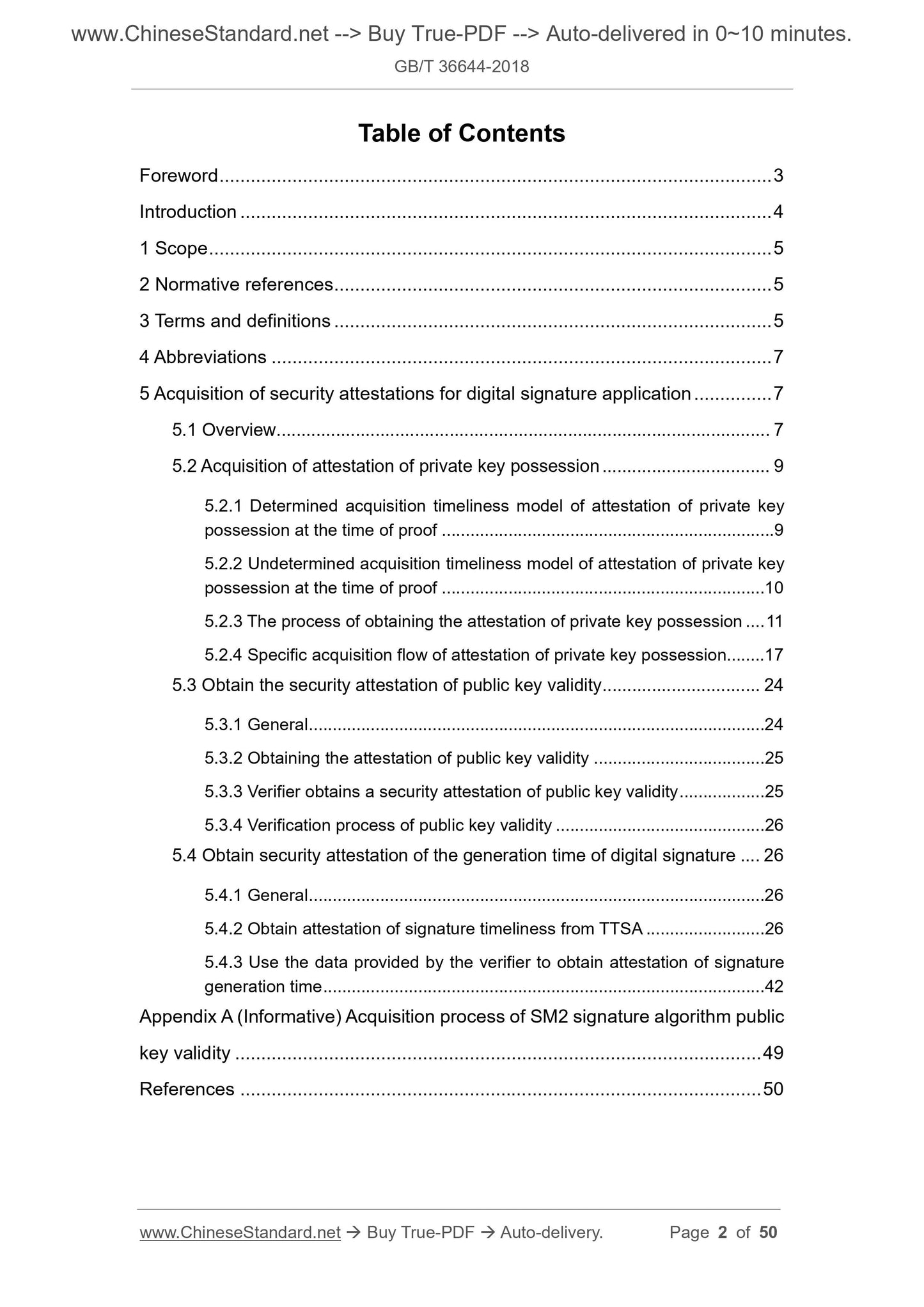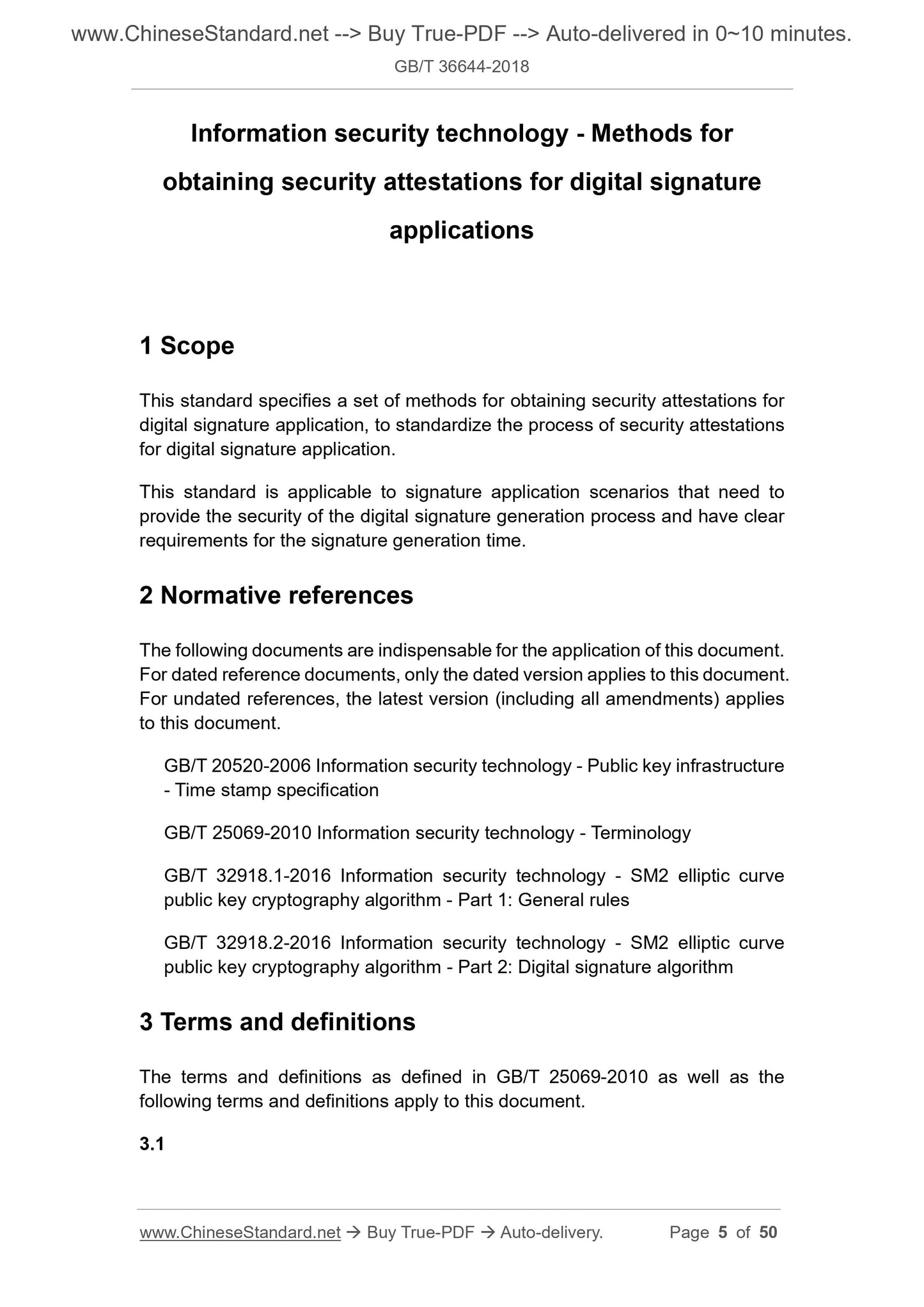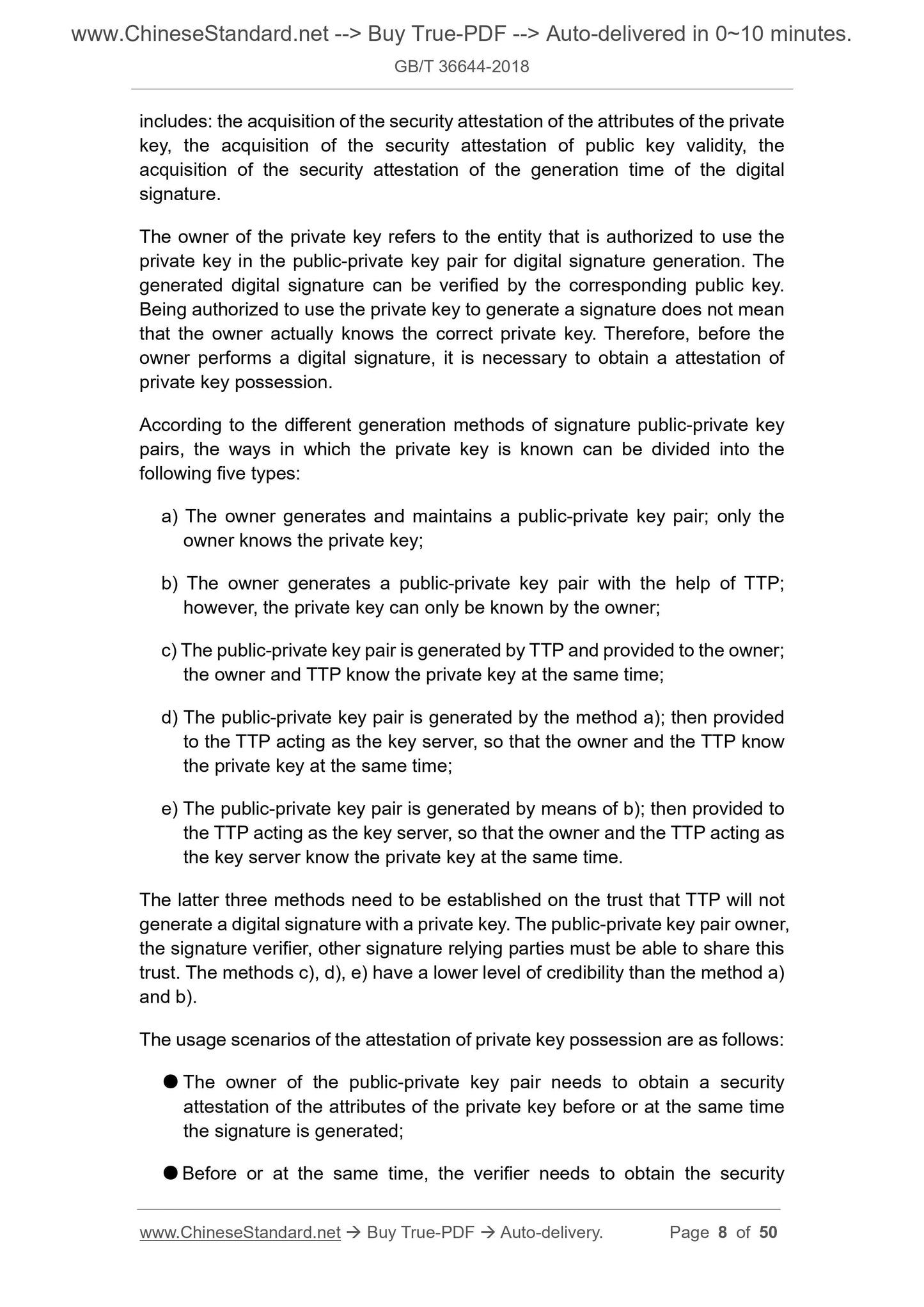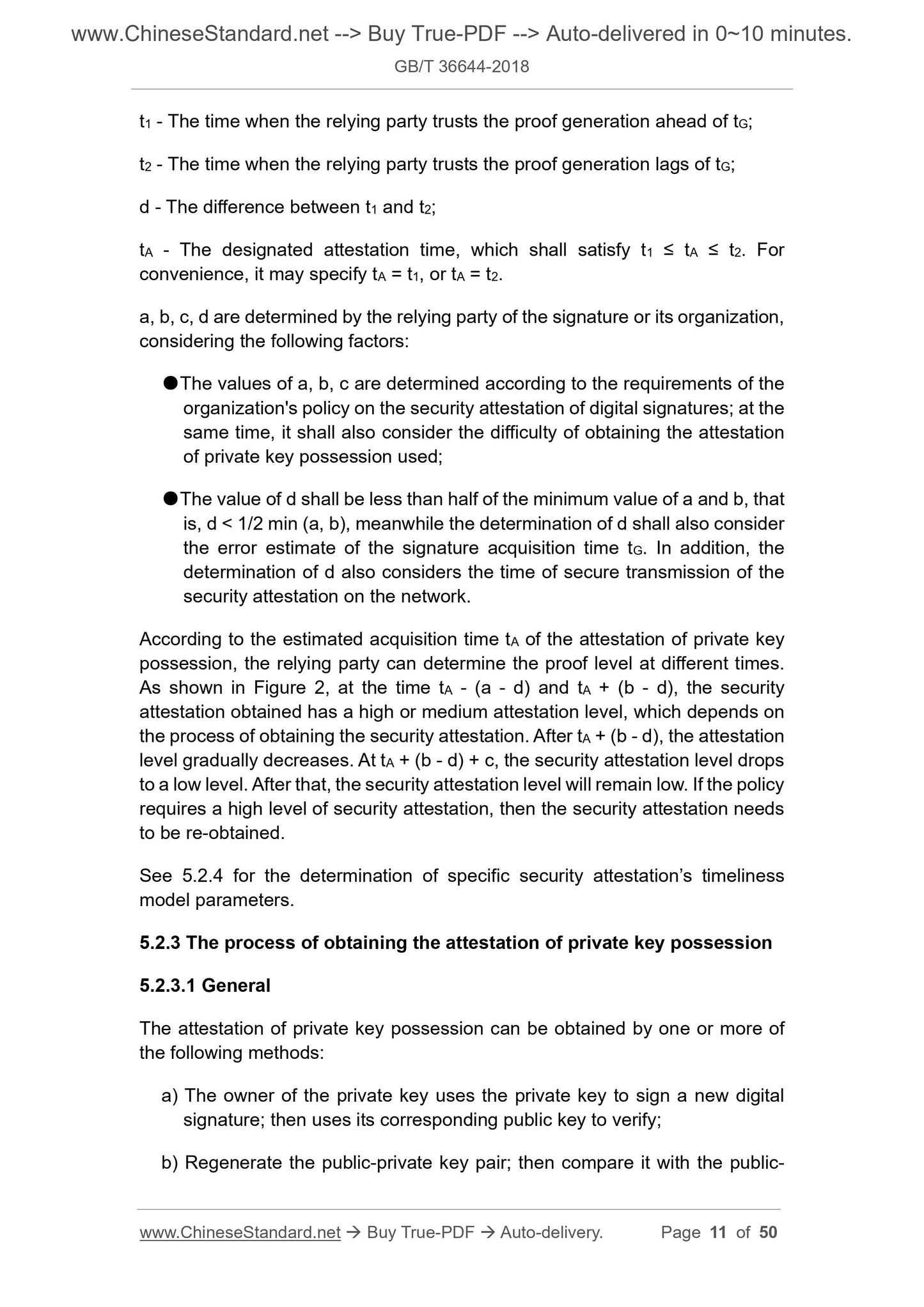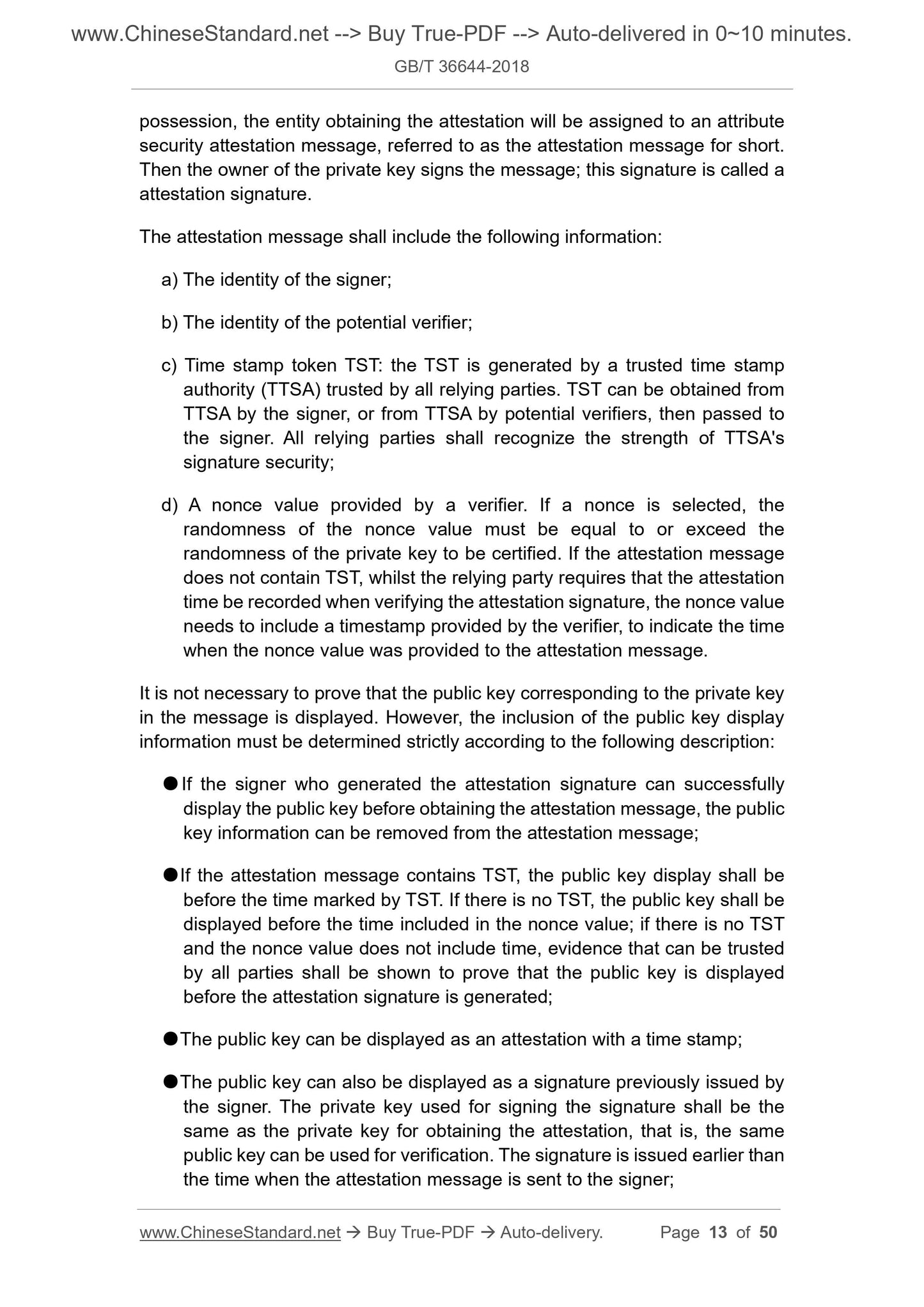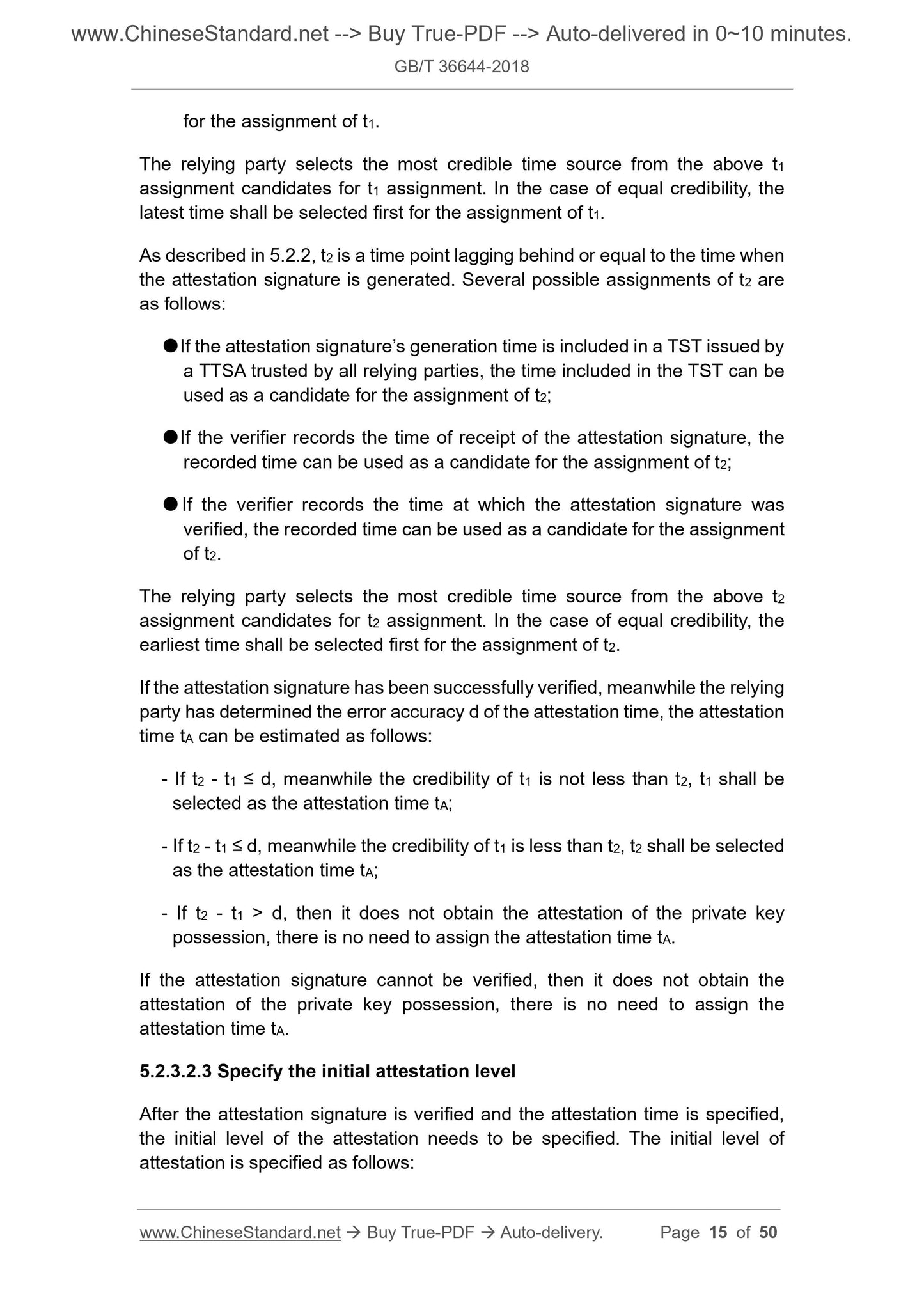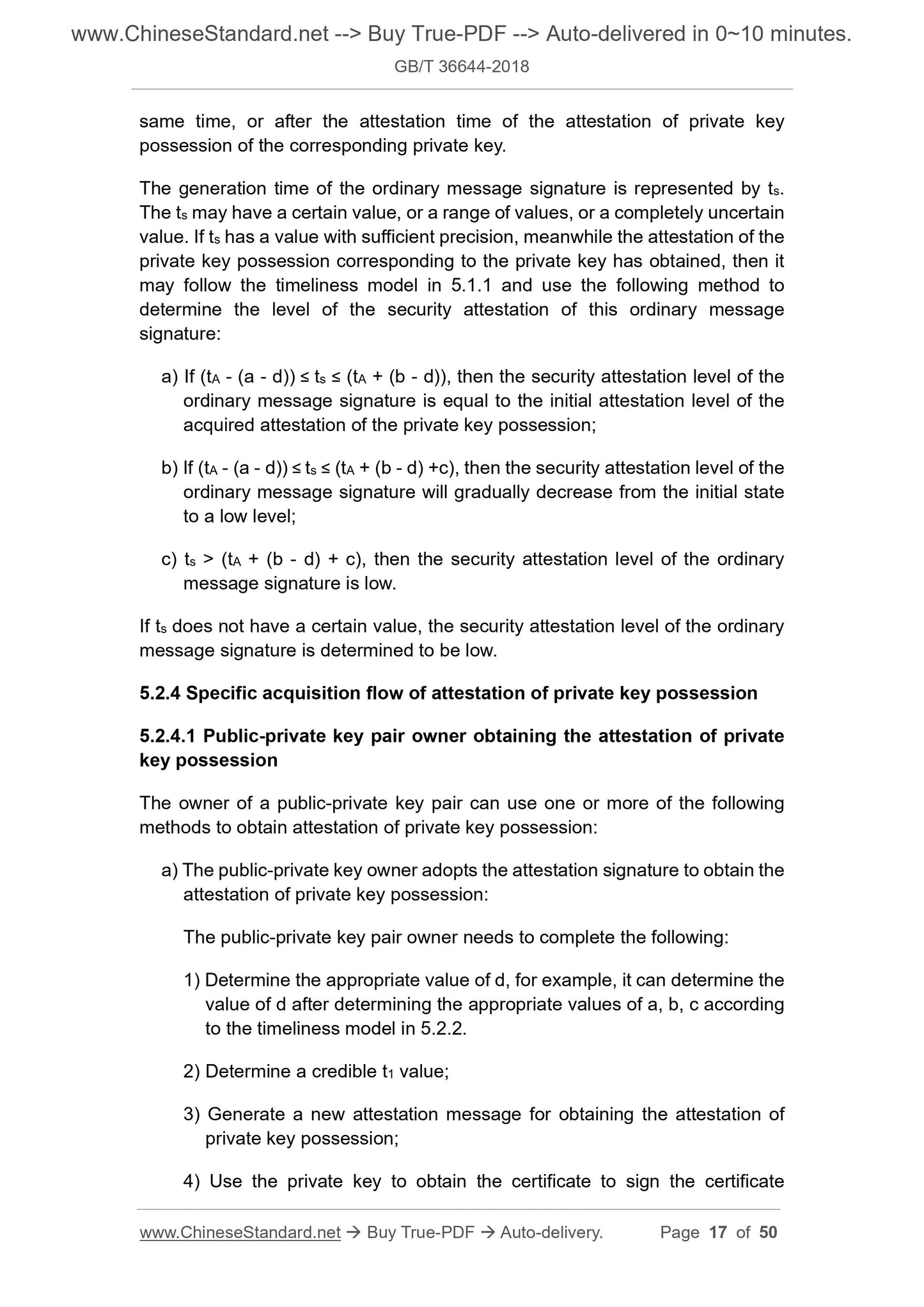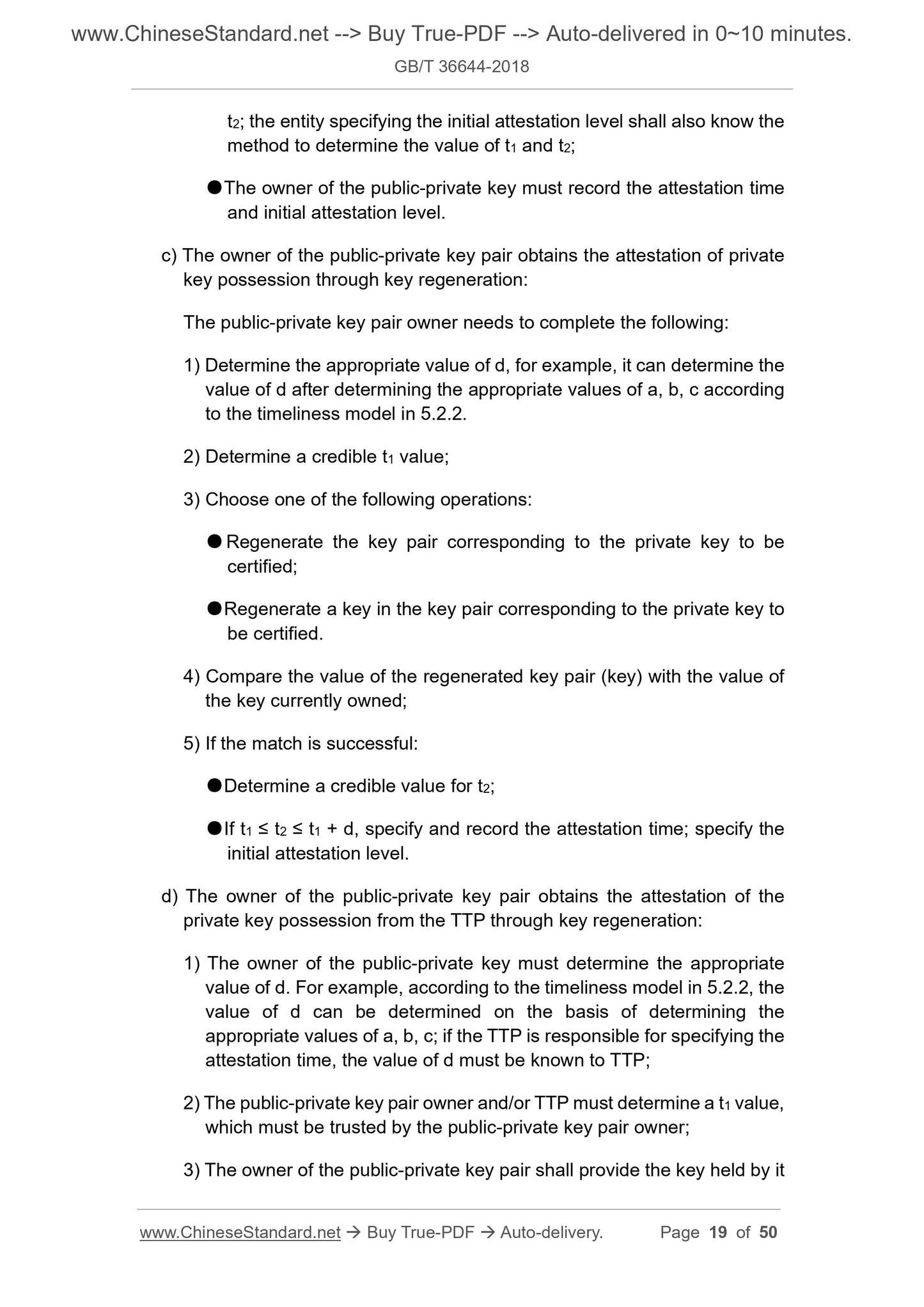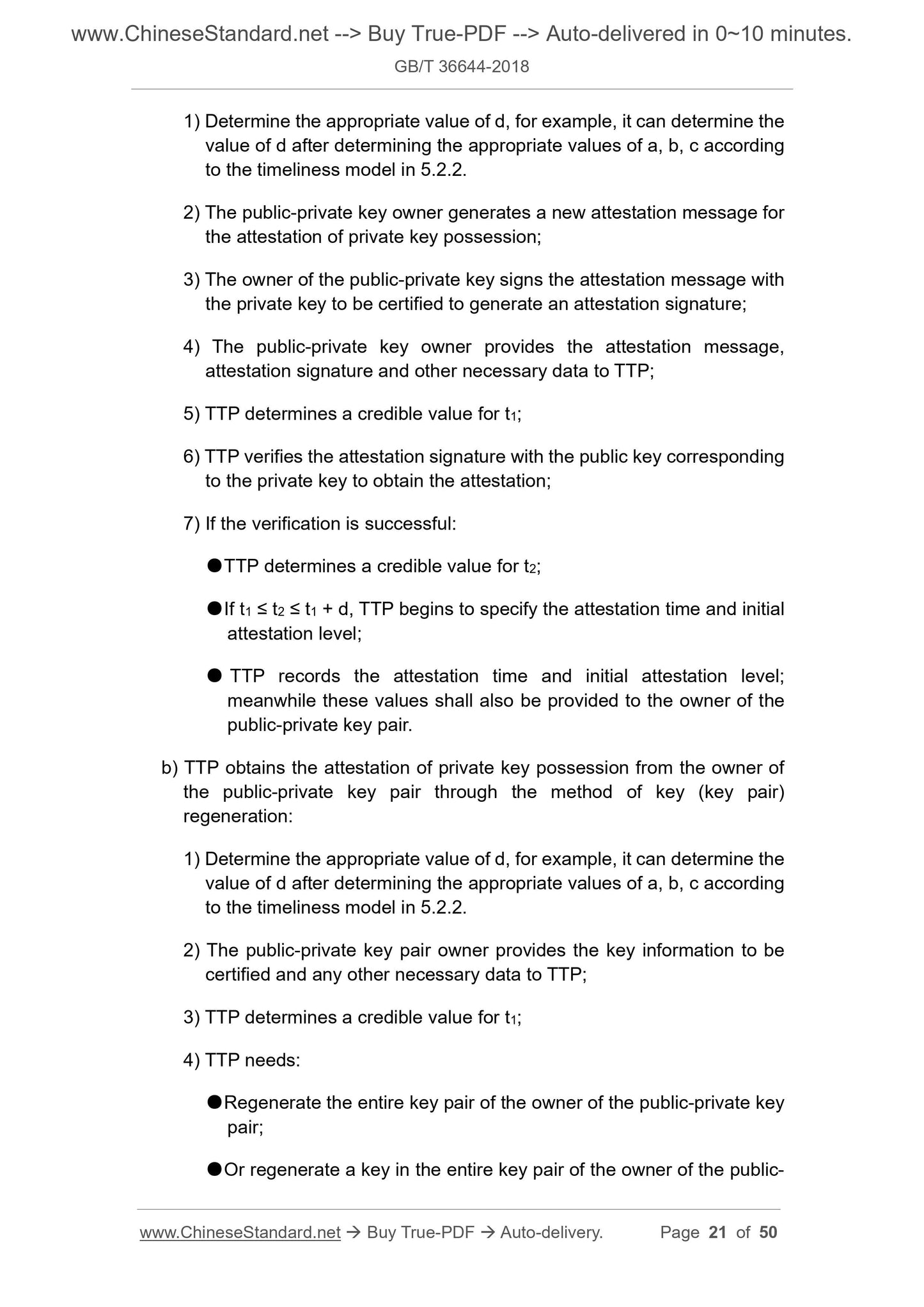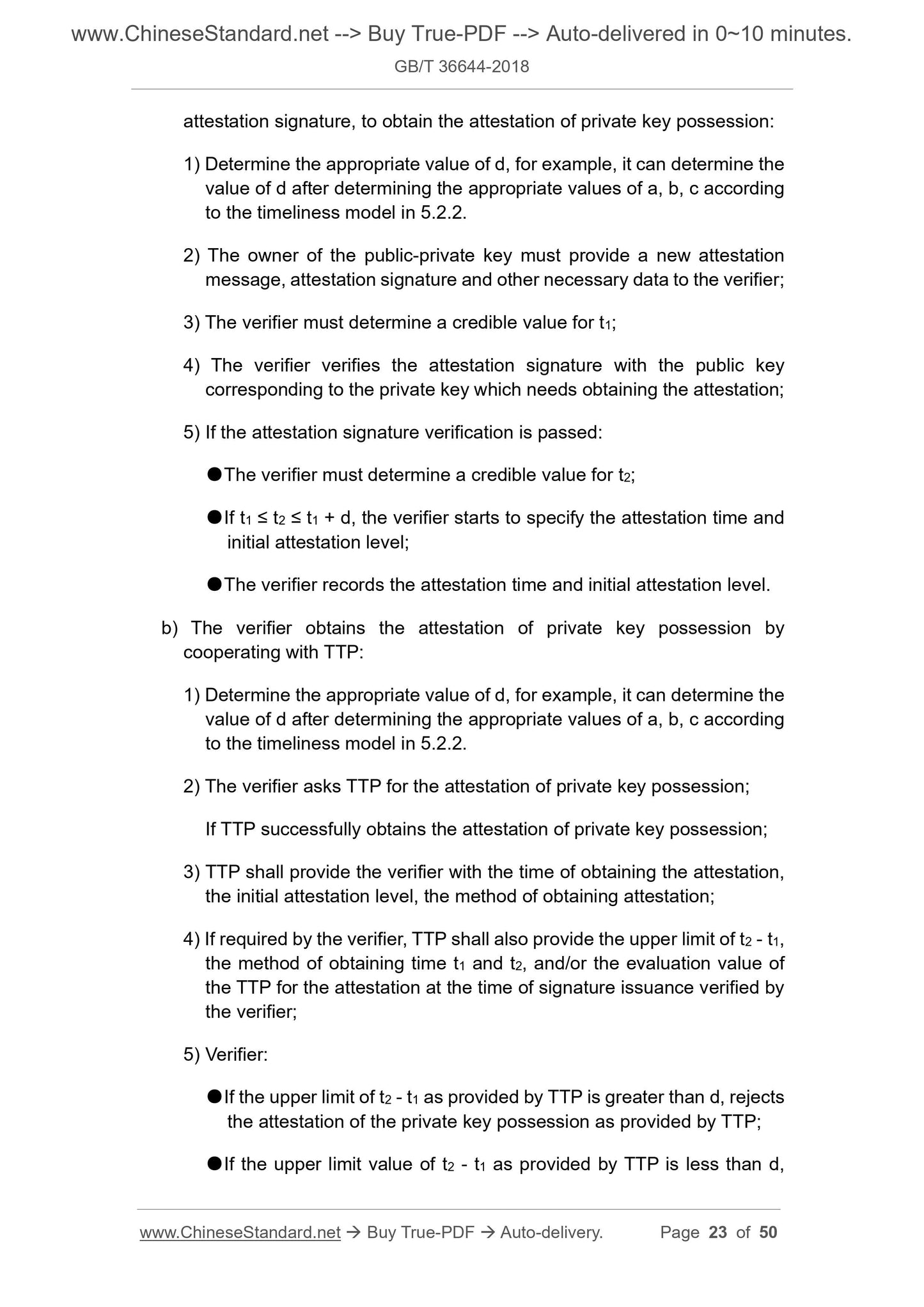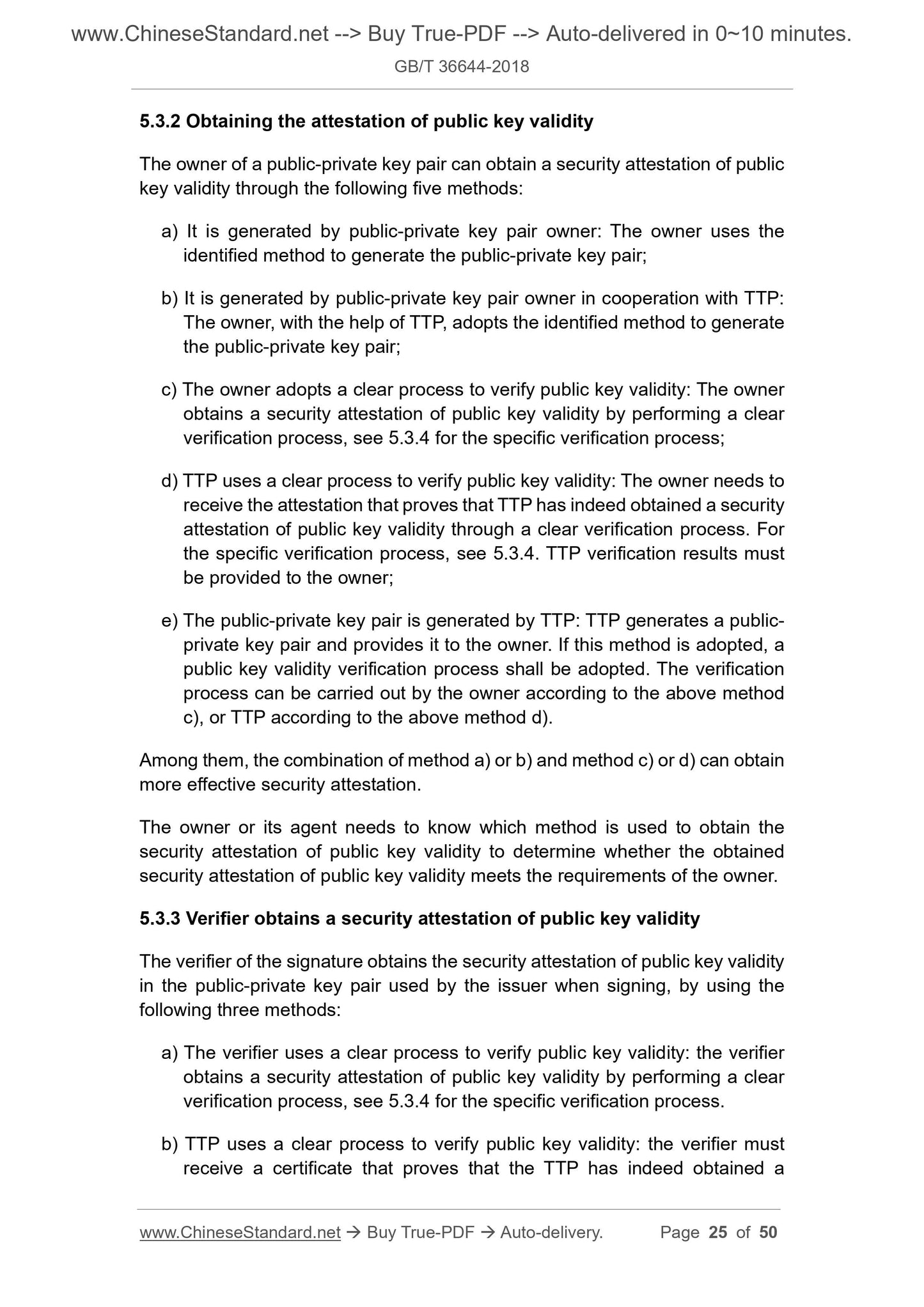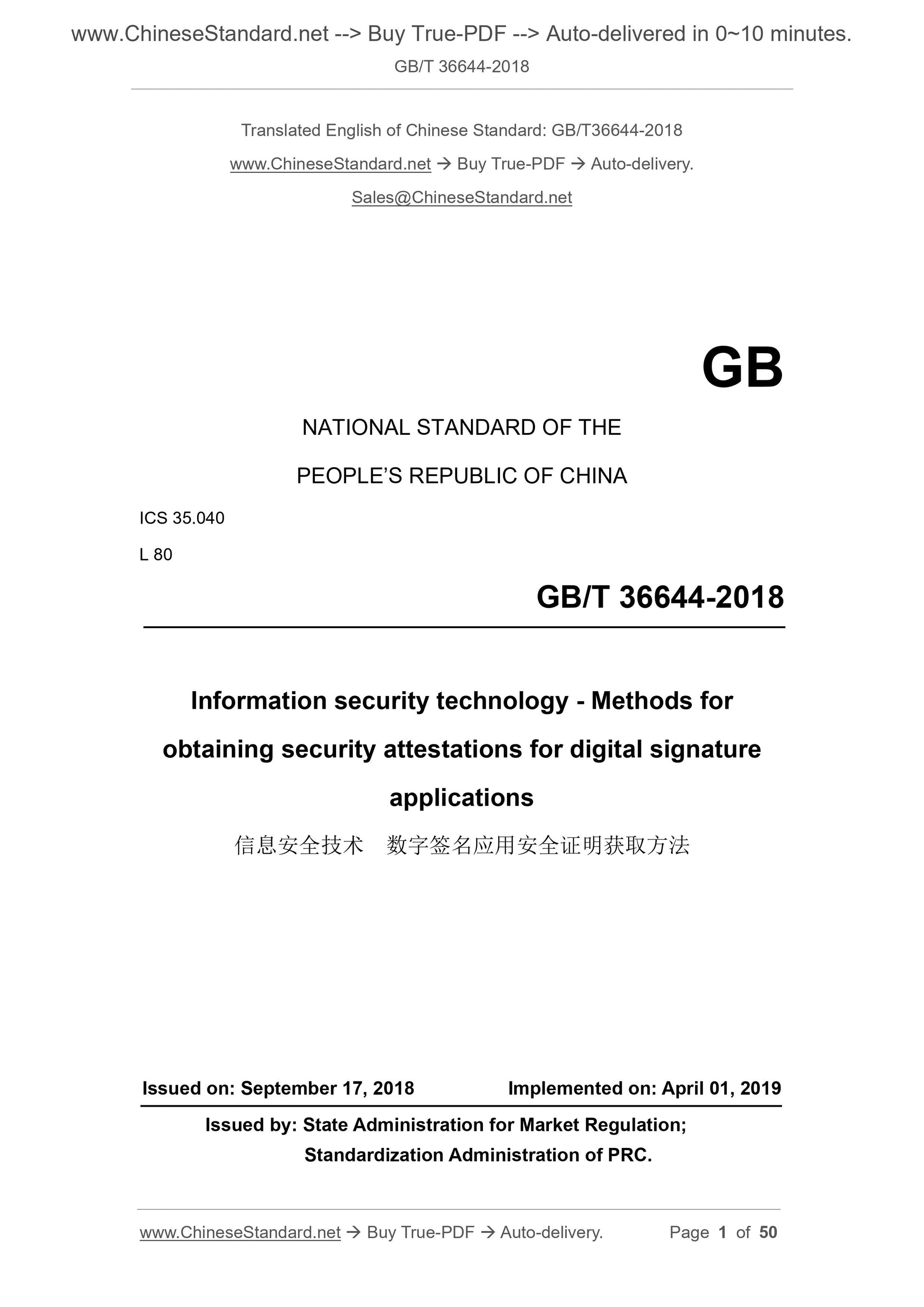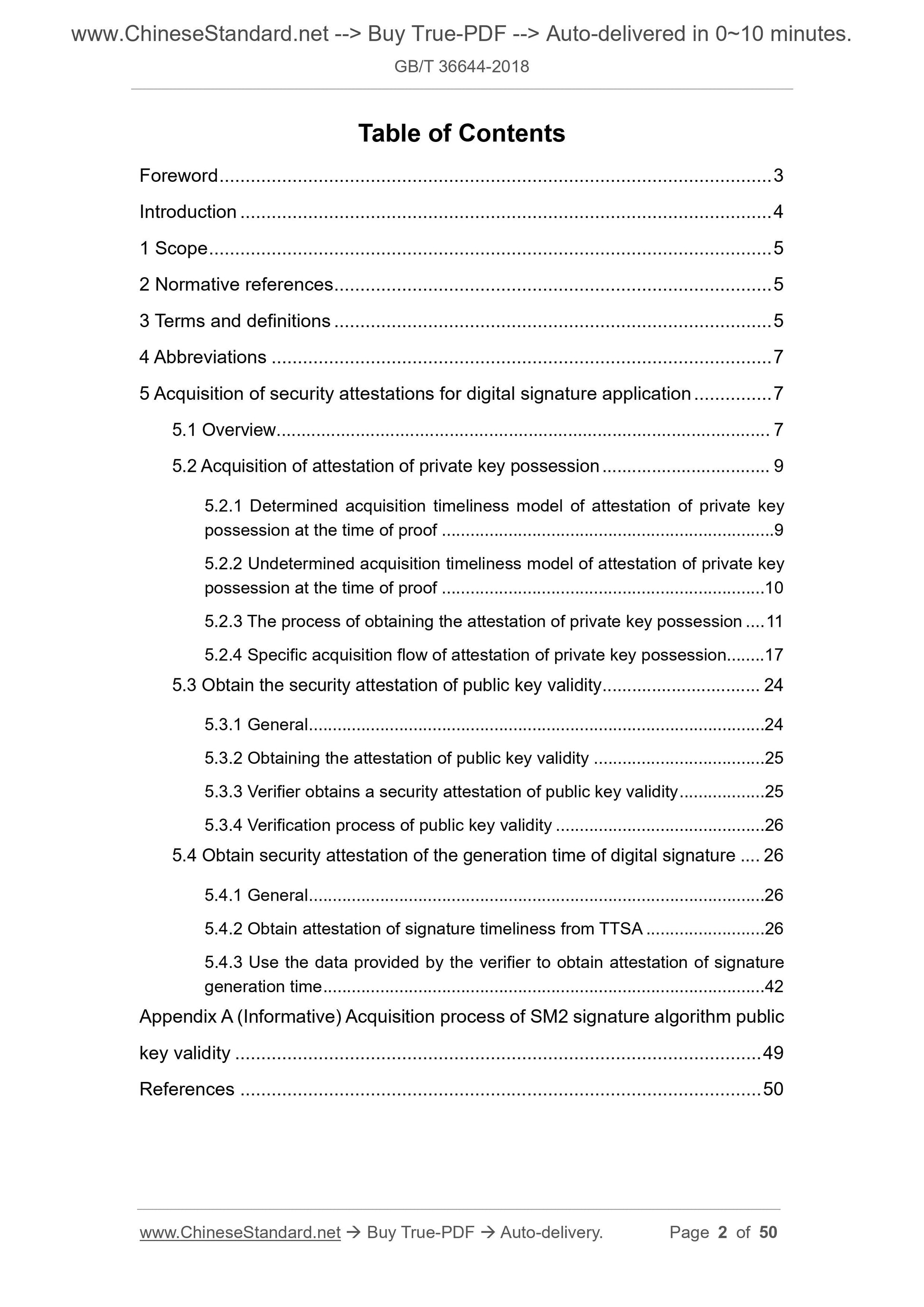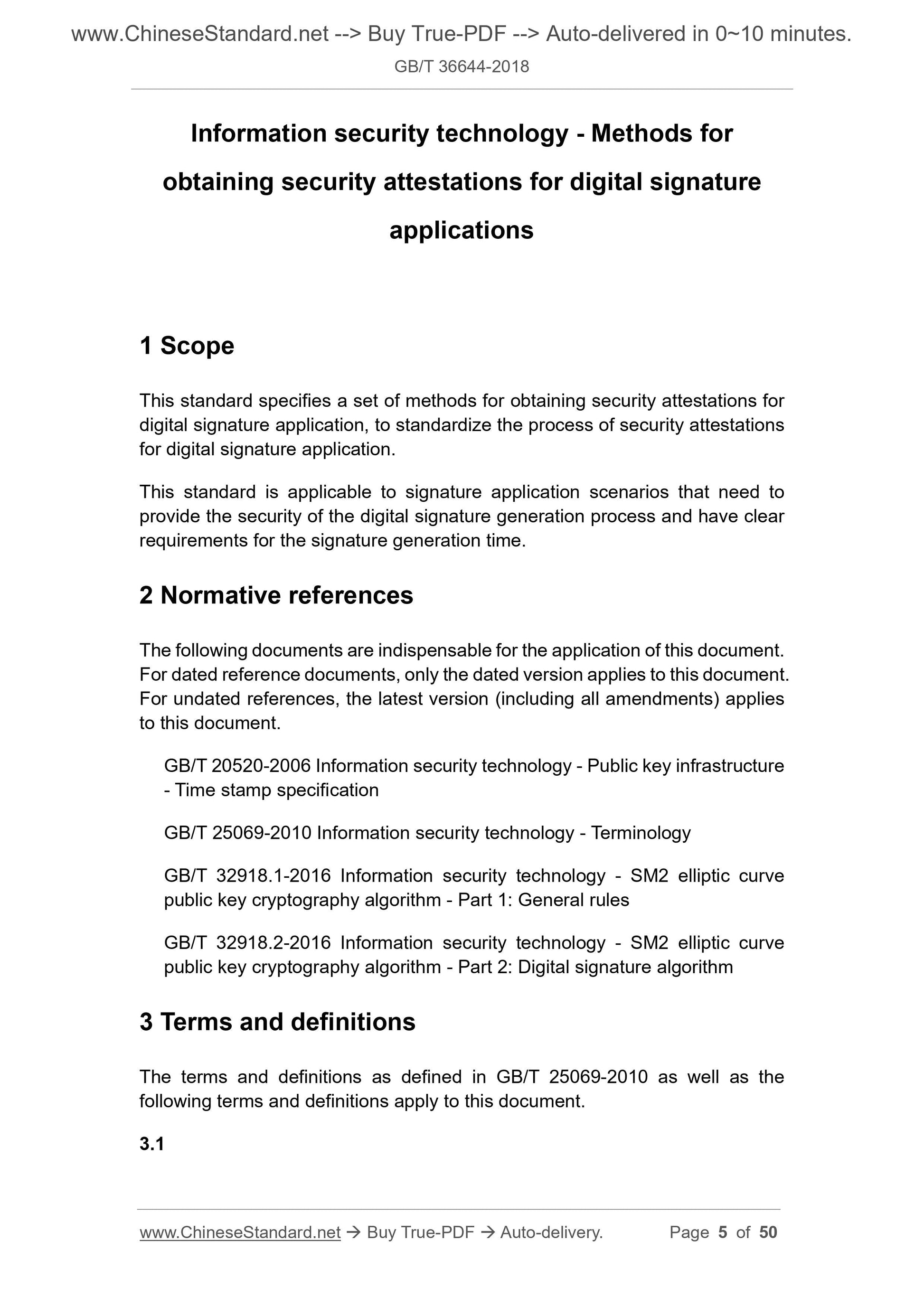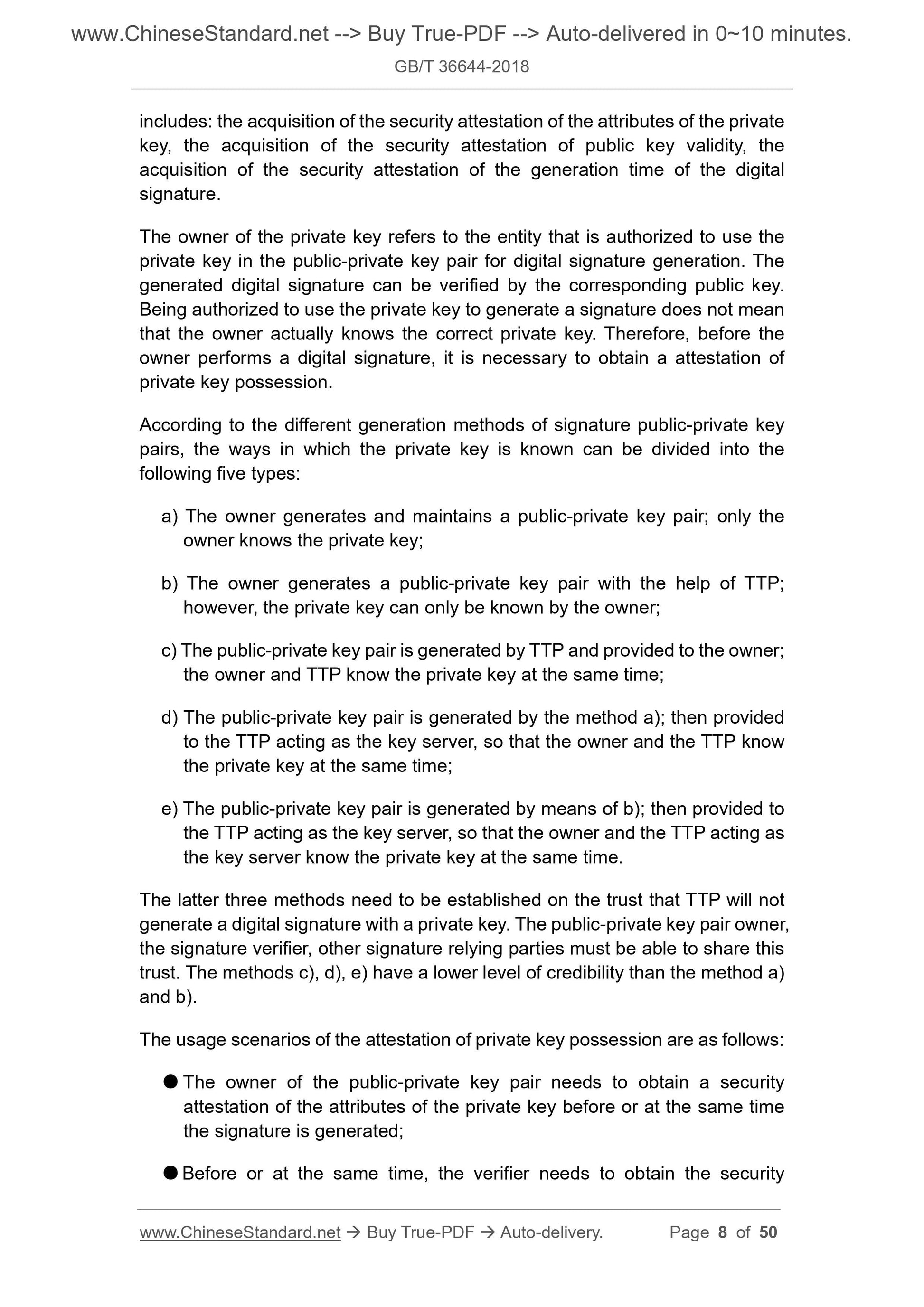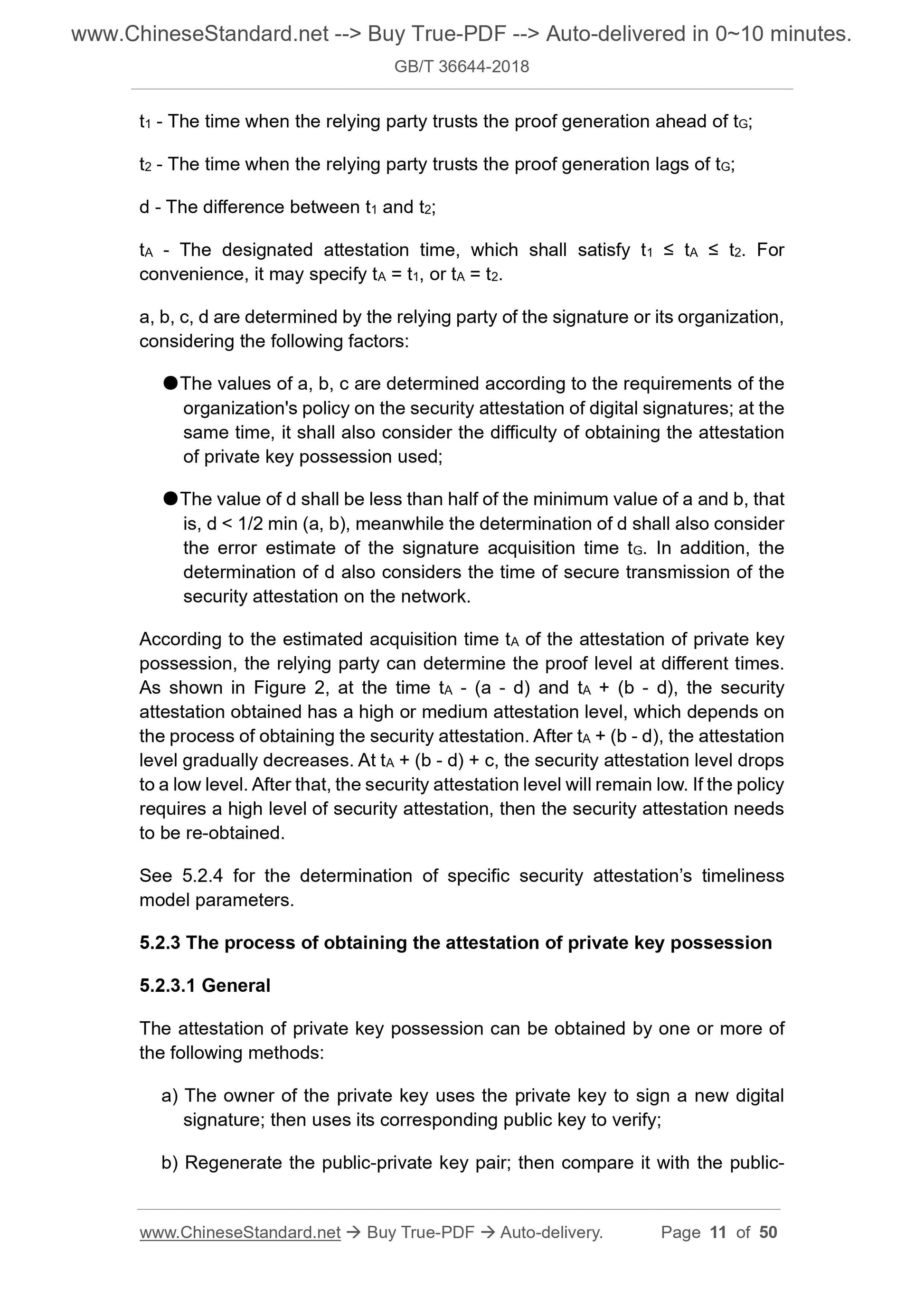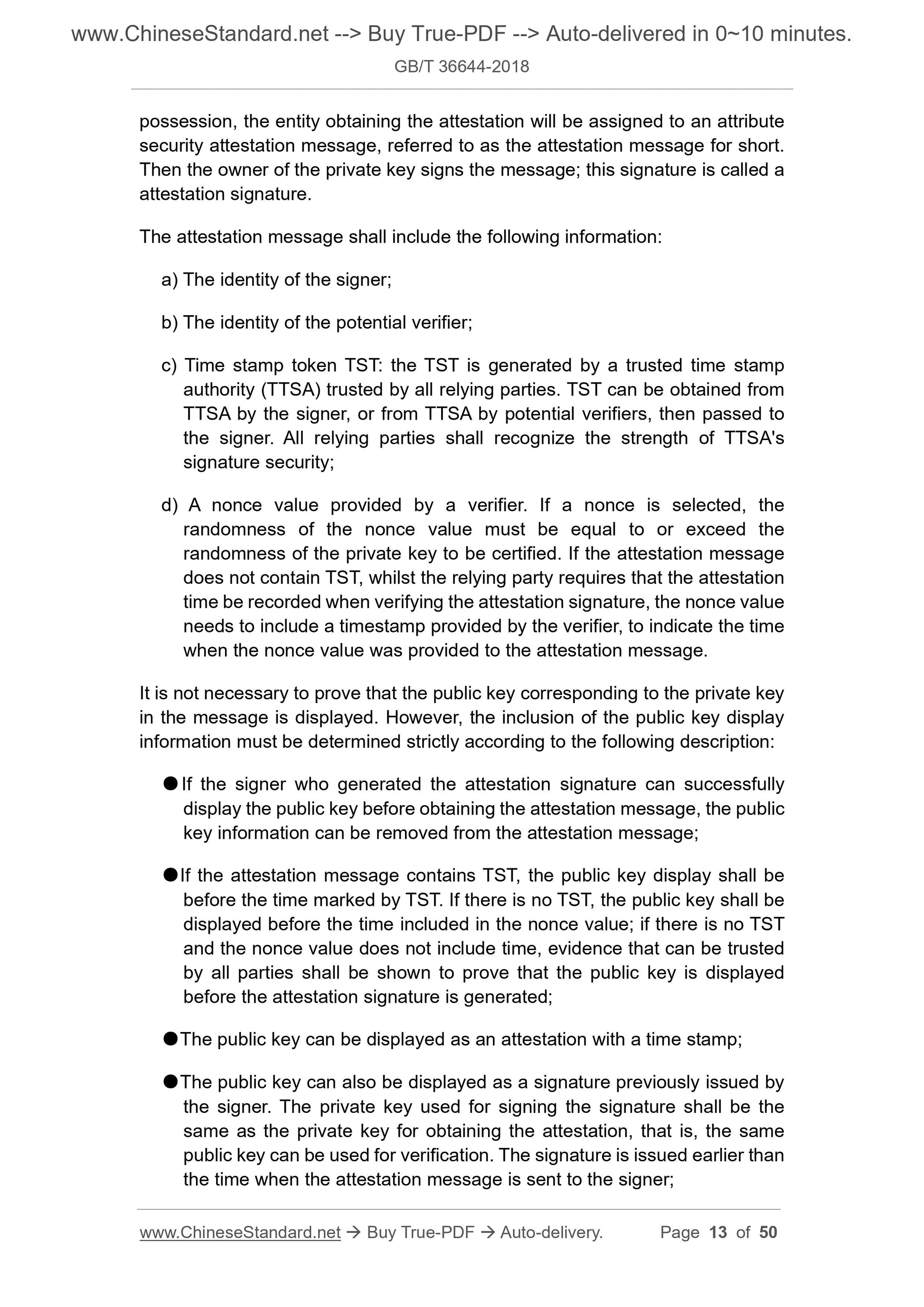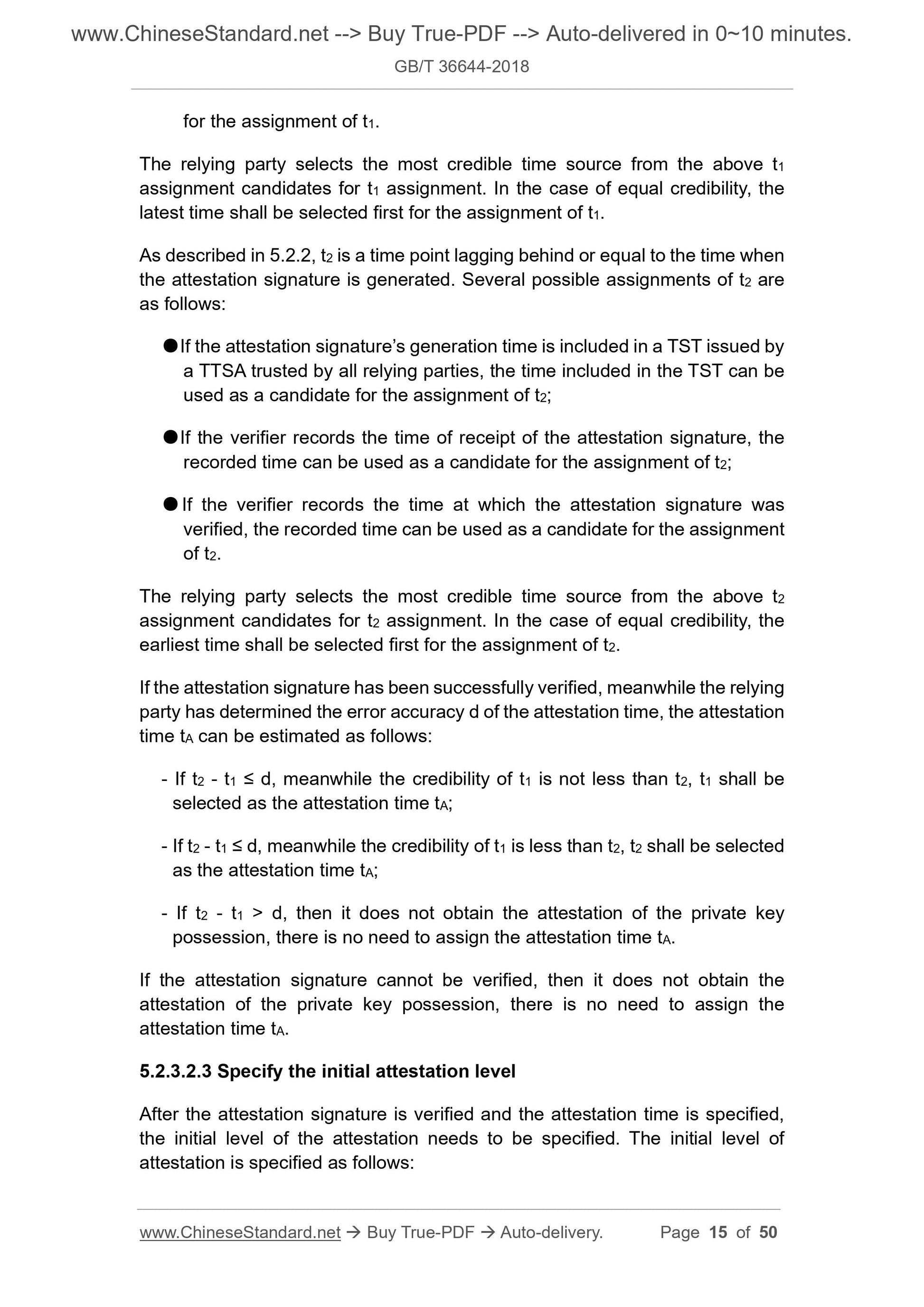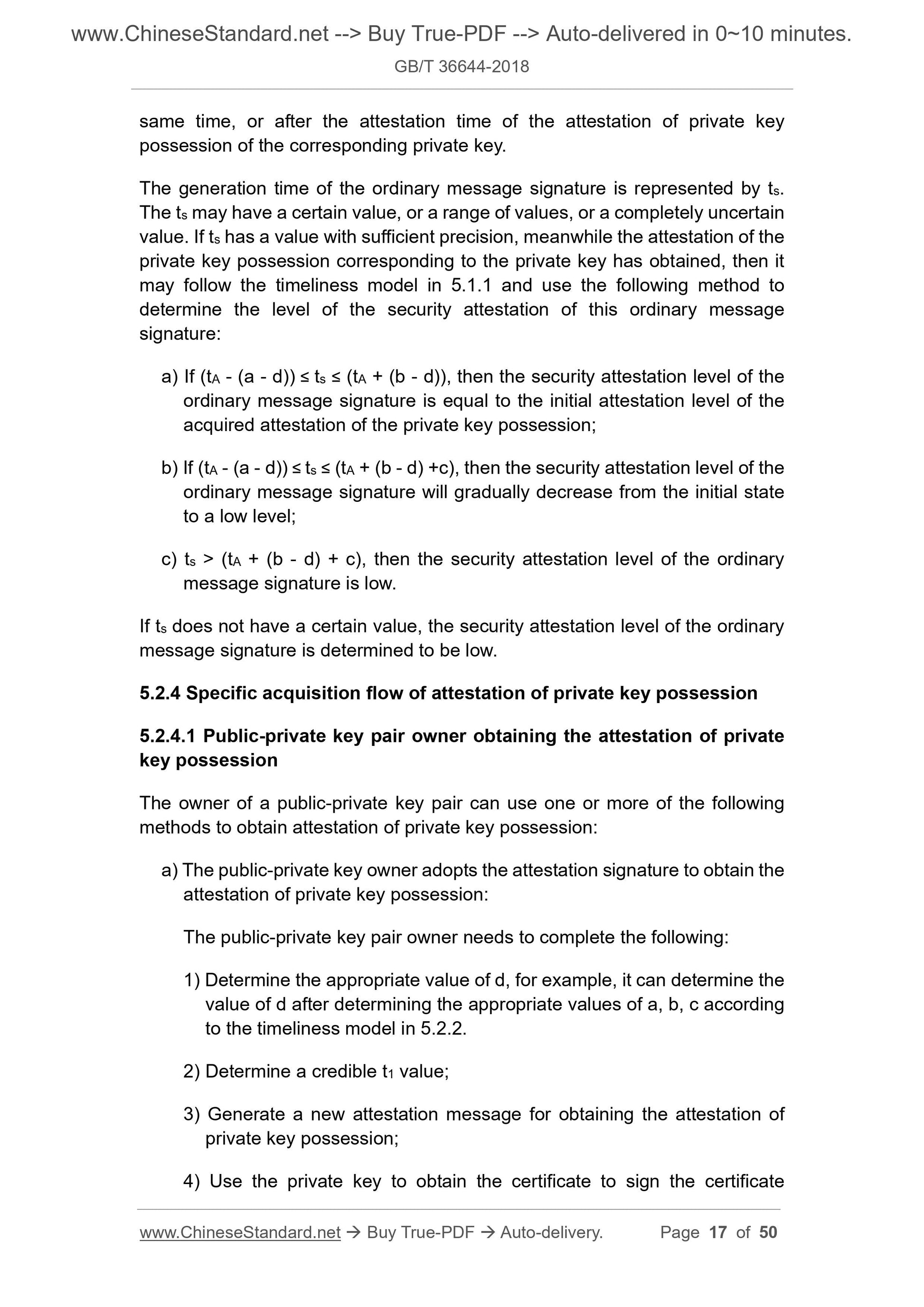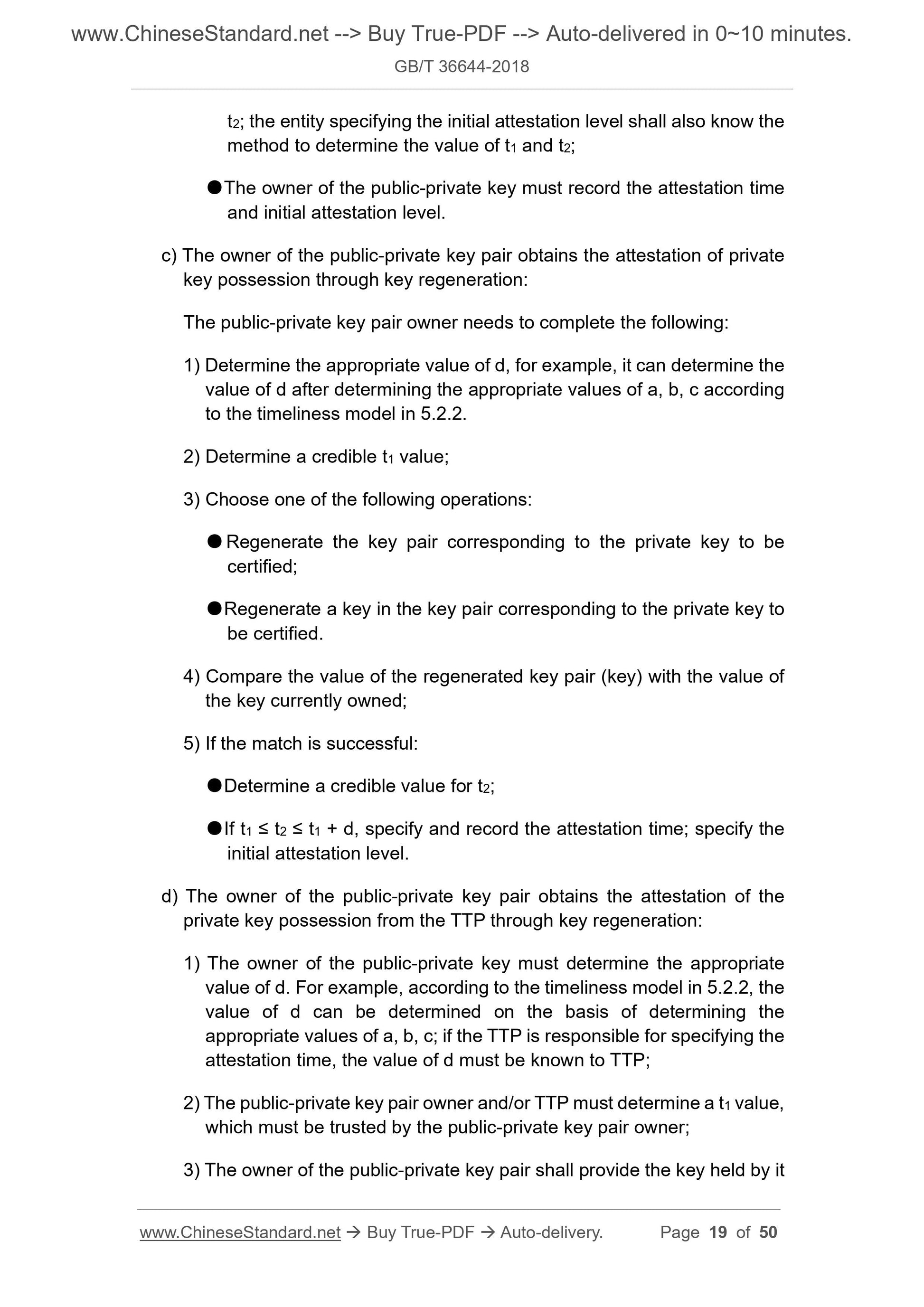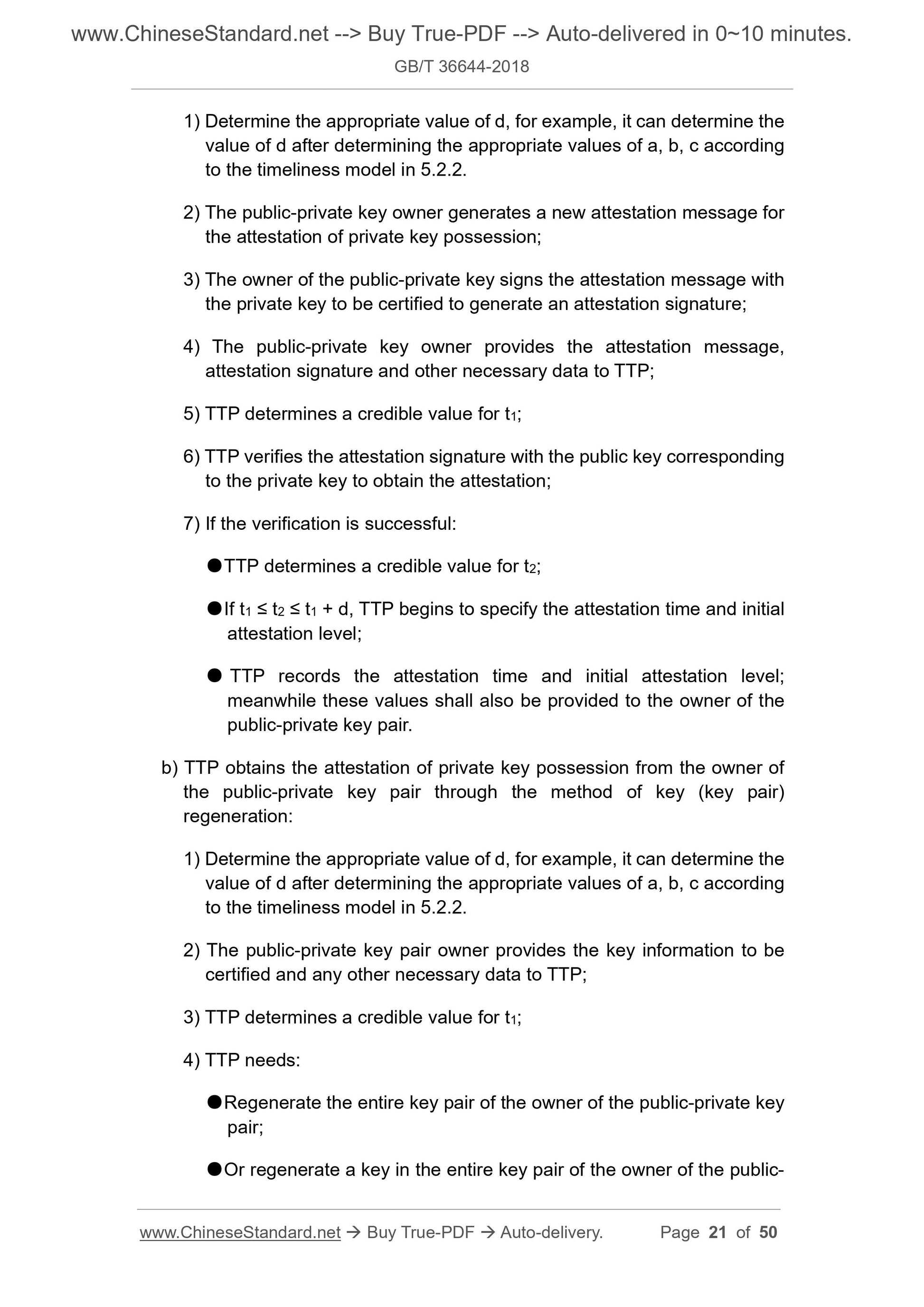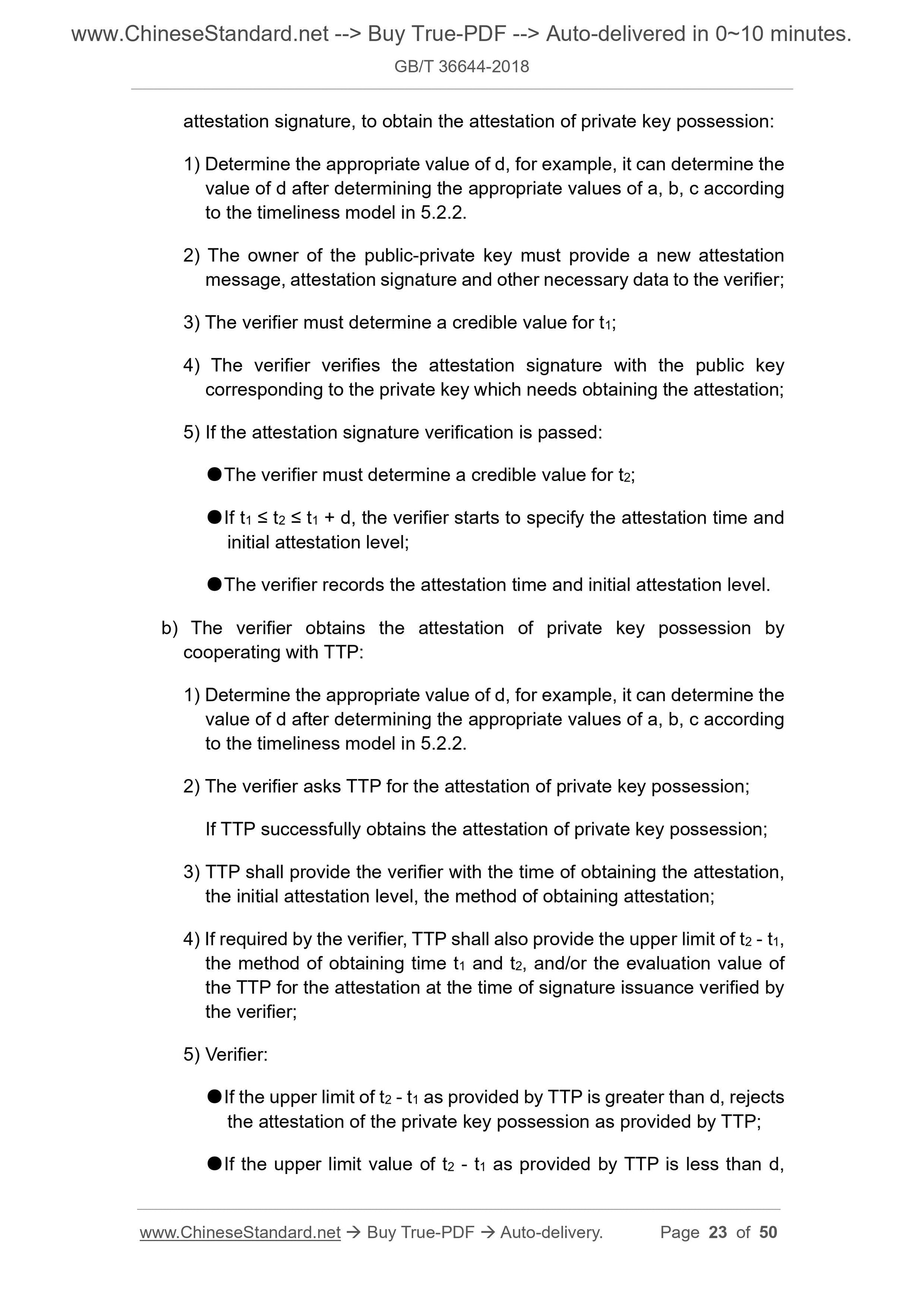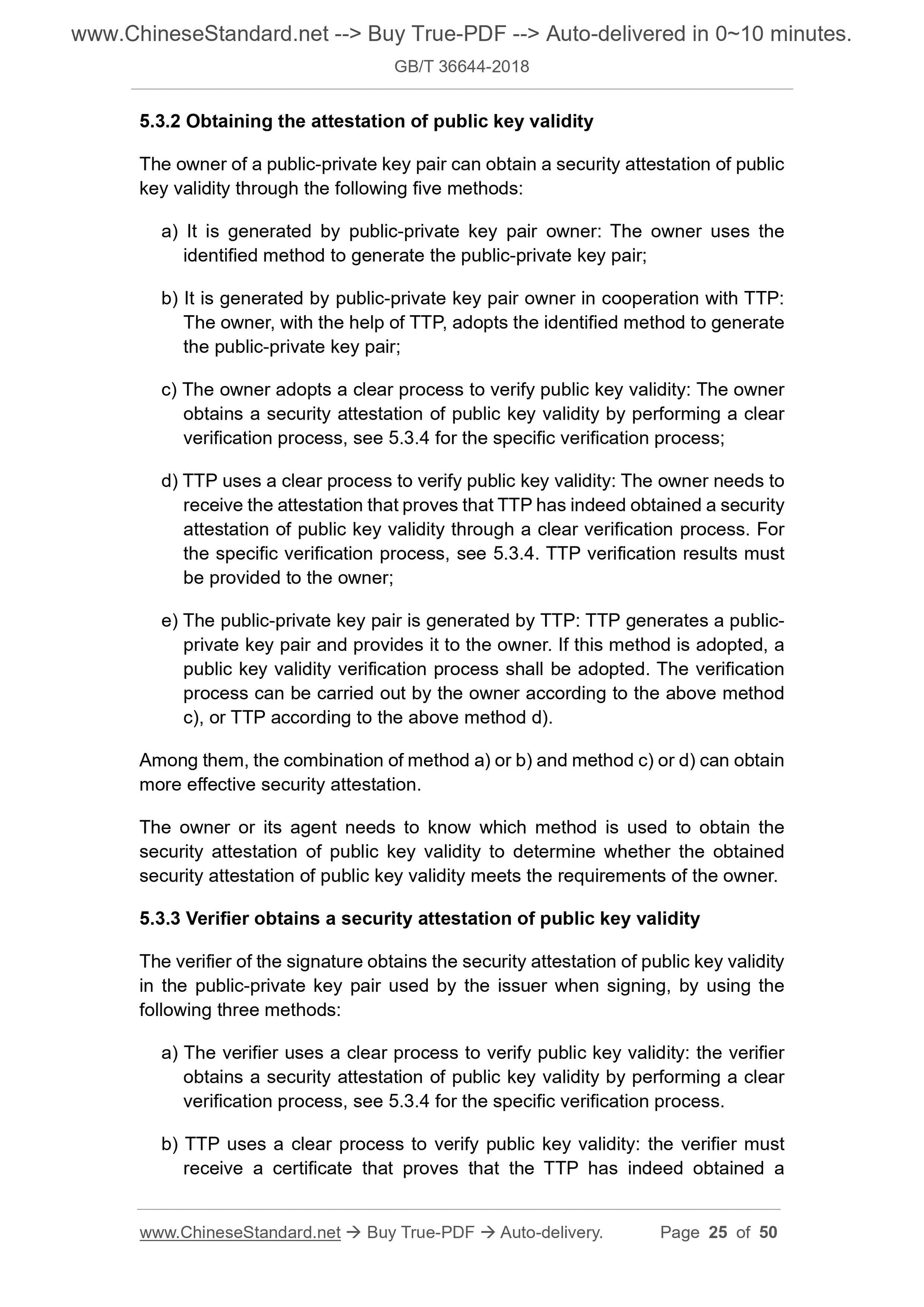1
/
of
12
www.ChineseStandard.us -- Field Test Asia Pte. Ltd.
GB/T 36644-2018 English PDF (GB/T36644-2018)
GB/T 36644-2018 English PDF (GB/T36644-2018)
Regular price
$410.00
Regular price
Sale price
$410.00
Unit price
/
per
Shipping calculated at checkout.
Couldn't load pickup availability
GB/T 36644-2018: Information security technology - Methods for obtaining security attestations for digital signature applications
Delivery: 9 seconds. Download (and Email) true-PDF + Invoice.Get Quotation: Click GB/T 36644-2018 (Self-service in 1-minute)
Newer / historical versions: GB/T 36644-2018
Preview True-PDF
Scope
This standard specifies a set of methods for obtaining security attestations fordigital signature application, to standardize the process of security attestations
for digital signature application.
This standard is applicable to signature application scenarios that need to
provide the security of the digital signature generation process and have clear
requirements for the signature generation time.
Basic Data
| Standard ID | GB/T 36644-2018 (GB/T36644-2018) |
| Description (Translated English) | Information security technology - Methods for obtaining security attestations for digital signature applications |
| Sector / Industry | National Standard (Recommended) |
| Classification of Chinese Standard | L80 |
| Classification of International Standard | 35.040 |
| Word Count Estimation | 30,380 |
| Date of Issue | 2018-09-17 |
| Date of Implementation | 2019-04-01 |
| Issuing agency(ies) | State Administration for Market Regulation, China National Standardization Administration |
Share
